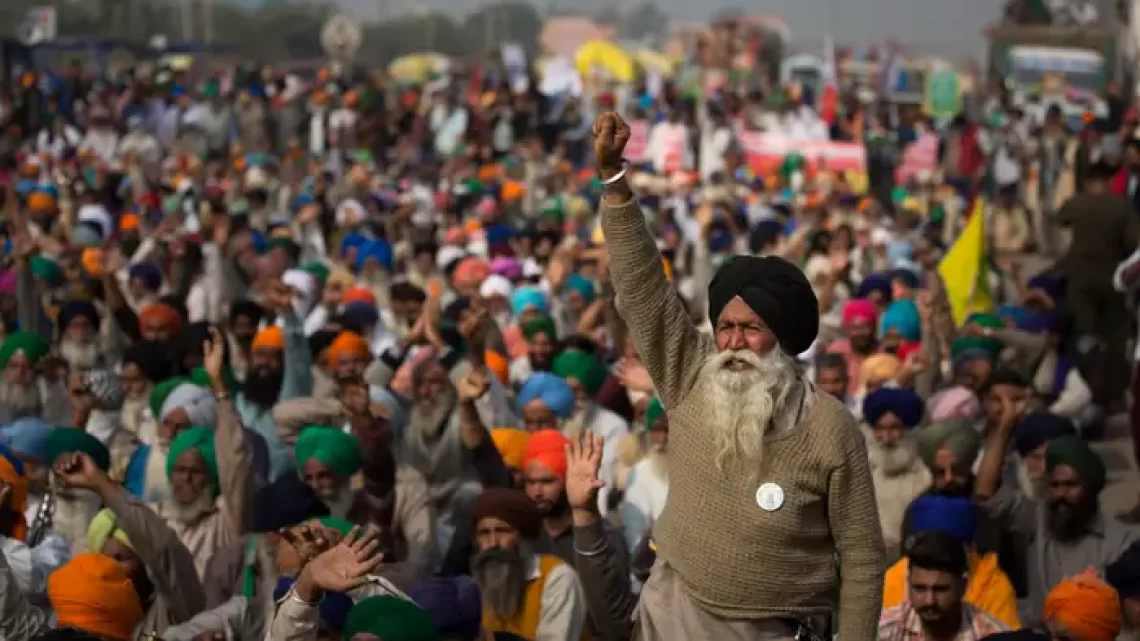
Massive farmers’ protests are a headache for Narendra Modi: THE ECONOMIST
March 4, 2024In recent weeks, India has witnessed a resurgence of farmers’ protests, and this development could prove to be a significant political challenge for Prime Minister Narendra Modi and his Bharatiya Janata Party (BJP). The spectre of agricultural unrest looms large over the Indian government, as these protests have the potential to sway elections and disrupt policy-making, as seen in 2021 when farmers successfully compelled the government to repeal key agricultural reforms.
The current wave of protests, which comes ahead of an impending election, has rung alarm bells among officials. With a fractured opposition unable to mount a substantial challenge to Modi, the farmers emerge as a formidable force capable of obstructing his smooth return to power. The heart of the issue lies in India’s convoluted farm policy, heavily skewed towards consumers, aiming to provide cheap food to a predominantly poor population.
India’s annual budget allocates a staggering $28.4 billion for free food grains distributed to over 800 million citizens. This makes the government a pivotal customer for farmers, particularly those in Punjab, the primary source of wheat and rice for the state. However, the existing system, designed to guarantee farmers minimum prices for their produce, is rife with issues such as price-fixing, lack of transparency, and collusion among traders in regulated wholesale markets known as mandis.
The reforms Modi proposed in 2021 sought to address these challenges by liberalizing the sector, giving farmers greater control over selling their produce and allowing them to build stockpiles to navigate price fluctuations. However, the resistance was fierce. Farmers, particularly in northern India, reliant on subsidies and price guarantees, feared losing out in the face of increased competition that could drive prices down and force smaller farmers out of the market.
On February 11th, farmers from Punjab and Haryana announced their intention to march to Delhi, demanding higher guaranteed prices for all their produce, elevated minimum wages, and improved pensions. In a departure from the 2021 protests, the government has taken a more assertive stance, refusing to meet the farmers’ primary demand, blocking social media accounts, and imposing internet shutdowns in affected regions.
While the government’s strategy has minimized chaotic scenes, dissent persists. Farmers rejected the government’s offer of minimum prices for selected crops over five years, and another protest is planned for March, coinciding with the anticipated announcement of the election date. Despite the current lack of unity among farmers, the discontent they express is likely to endure.
Without a substantial agricultural overhaul, similar to the failed attempts by Modi in 2020, farmers will continue to be a persistent headache for the government. The challenge lies not only in containing the protests but in addressing the deep-rooted issues within India’s farm policy that perpetuate dissatisfaction among its crucial agrarian community.

